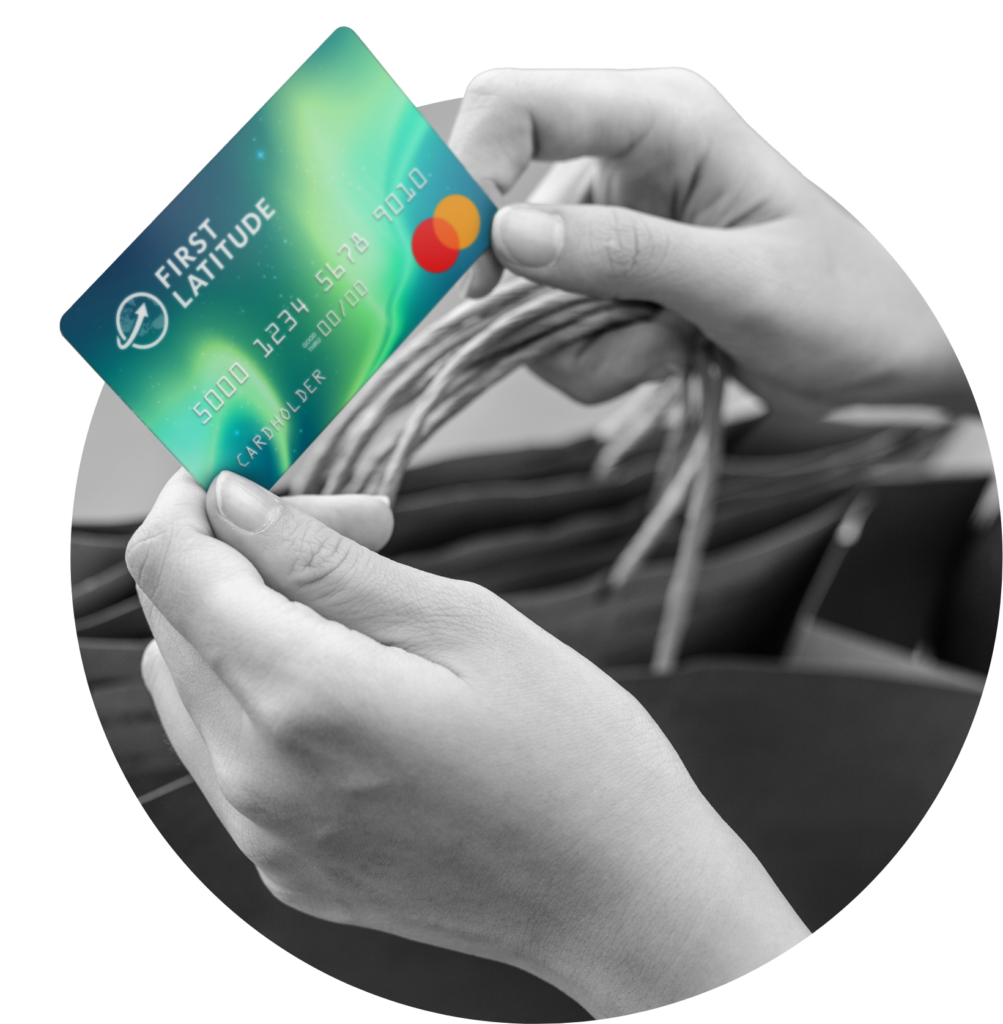What is a secured credit card? If you are unfamiliar with this term, you’re not alone! Secured credit cards are a great option if you have a credit score in the lowest range, or if you have a “thin” credit file. With a secured credit card, you can create good credit skills and build your score with the credit bureaus over time.¹
Here are the main differences between secured and unsecured credit cards.
Unsecured Credit Cards
Unsecured credit cards are the most common cards. They are what most people typically think of when they hear “credit card.” How do unsecured cards work? When you are approved, you are extended a credit limit by the card issuer with no deposit required.
The credit card comes with a specified APR, or annual percentage rate. This is the percentage of interest you pay on any balance you carry. There may also be annual fees associated with the card. Unsecured cards often require a good credit score and credit history.

What is a Secured Credit Card?
Secured vs Unsecured Credit Cards
When it comes to secured vs unsecured credit cards, secured credit cards have lower risk to the card issuer. This means they are easier to qualify for. If you have less-than perfect credit or limited (or no) credit history, you may want to consider a secured credit card.
Before signing up for a secured credit card – or a credit card of any sort – it is important to understand the terms, fees, and interest rates. Things to identify are program fees, annual fees, and APR (Annual Percentage Rate). These are all common factors with credit cards, but things to be aware of so that you don’t encounter any surprises.
Source: Wallethub.com – https://wallethub.com/answers/cc/secured-vs-unsecured-credit-cards-2140327041/
This content is general in nature and does not constitute legal, tax, accounting, financial or investment advice. You are encouraged to consult with competent legal, tax, accounting, financial or investment professionals based on your specific circumstances. We do not make any warranties as to accuracy or completeness of this information, do not endorse any third party companies, products, or services described here, and take no liability for your use of this information.

